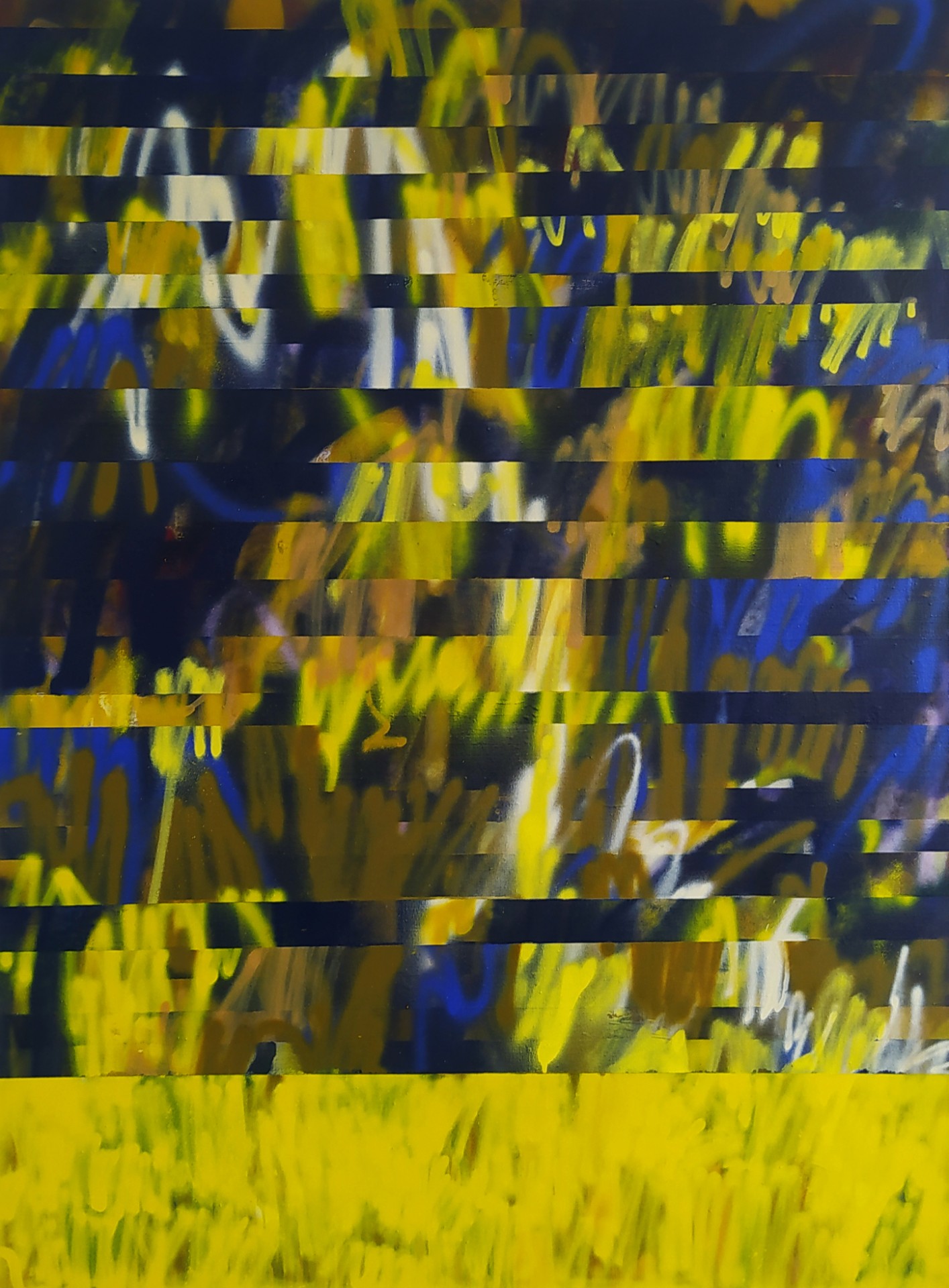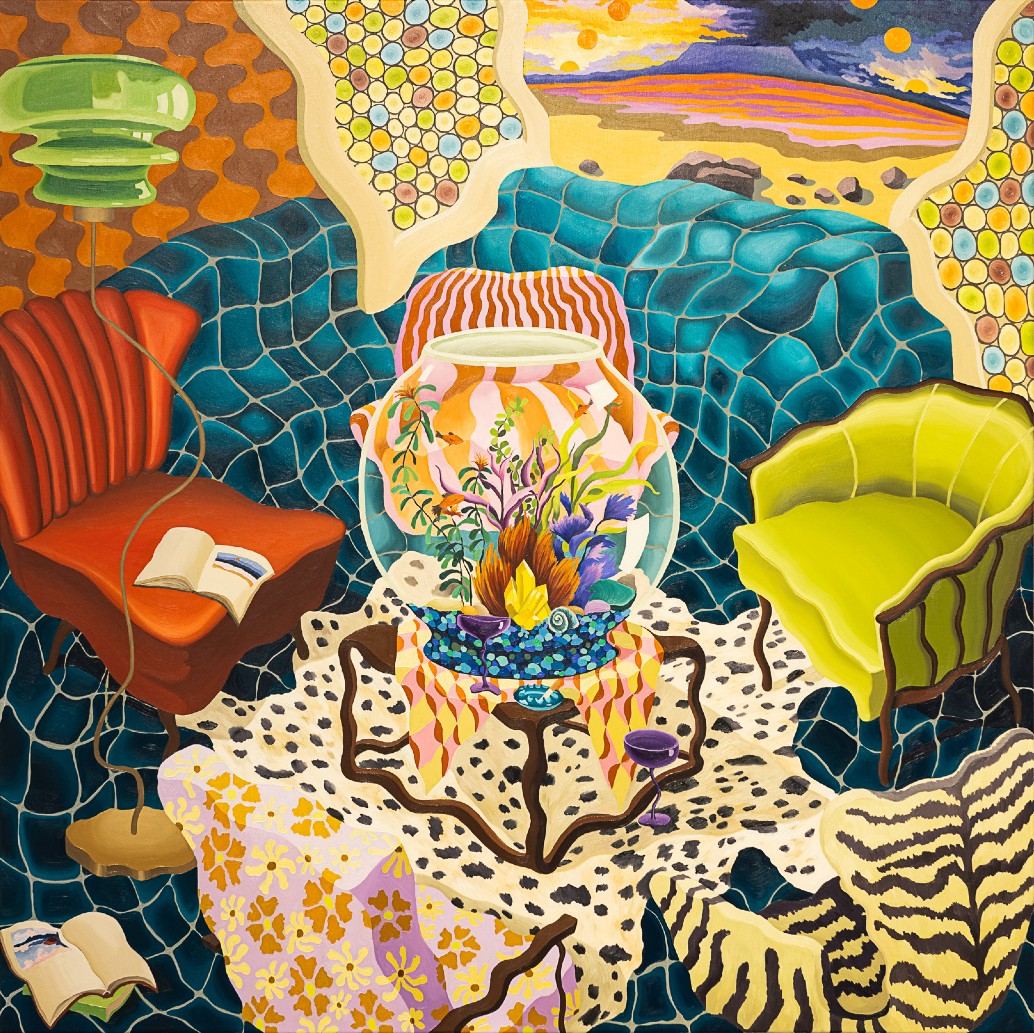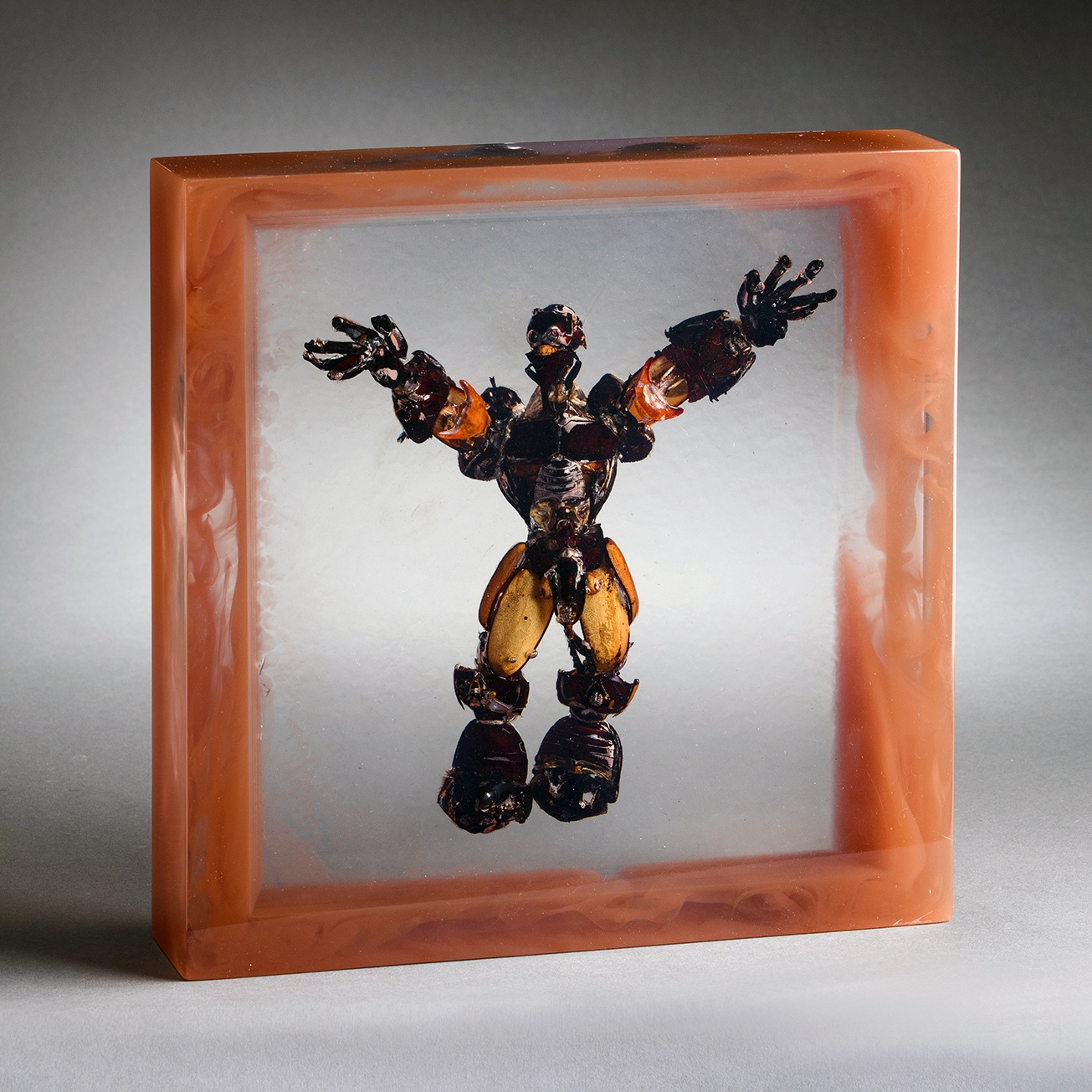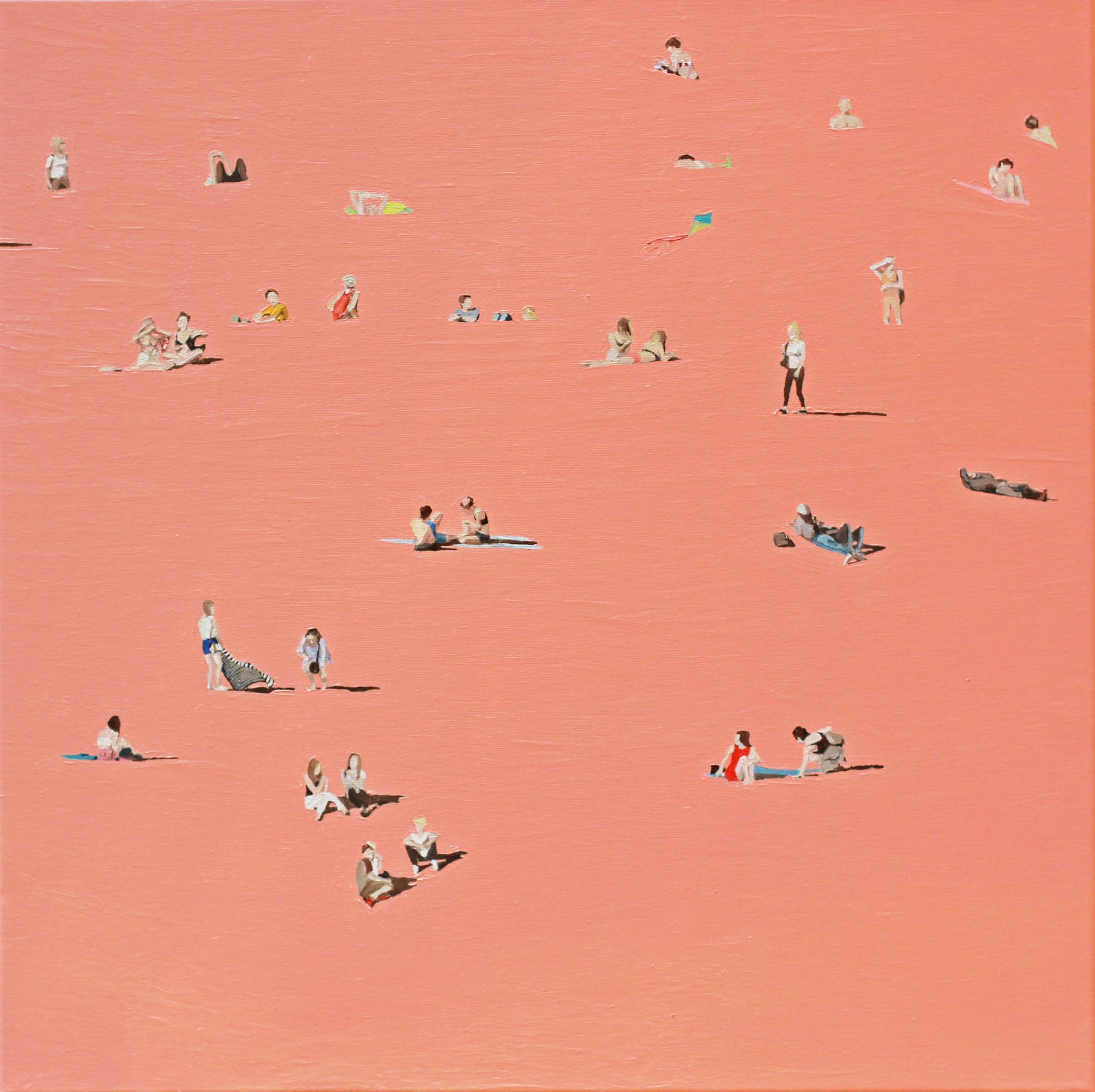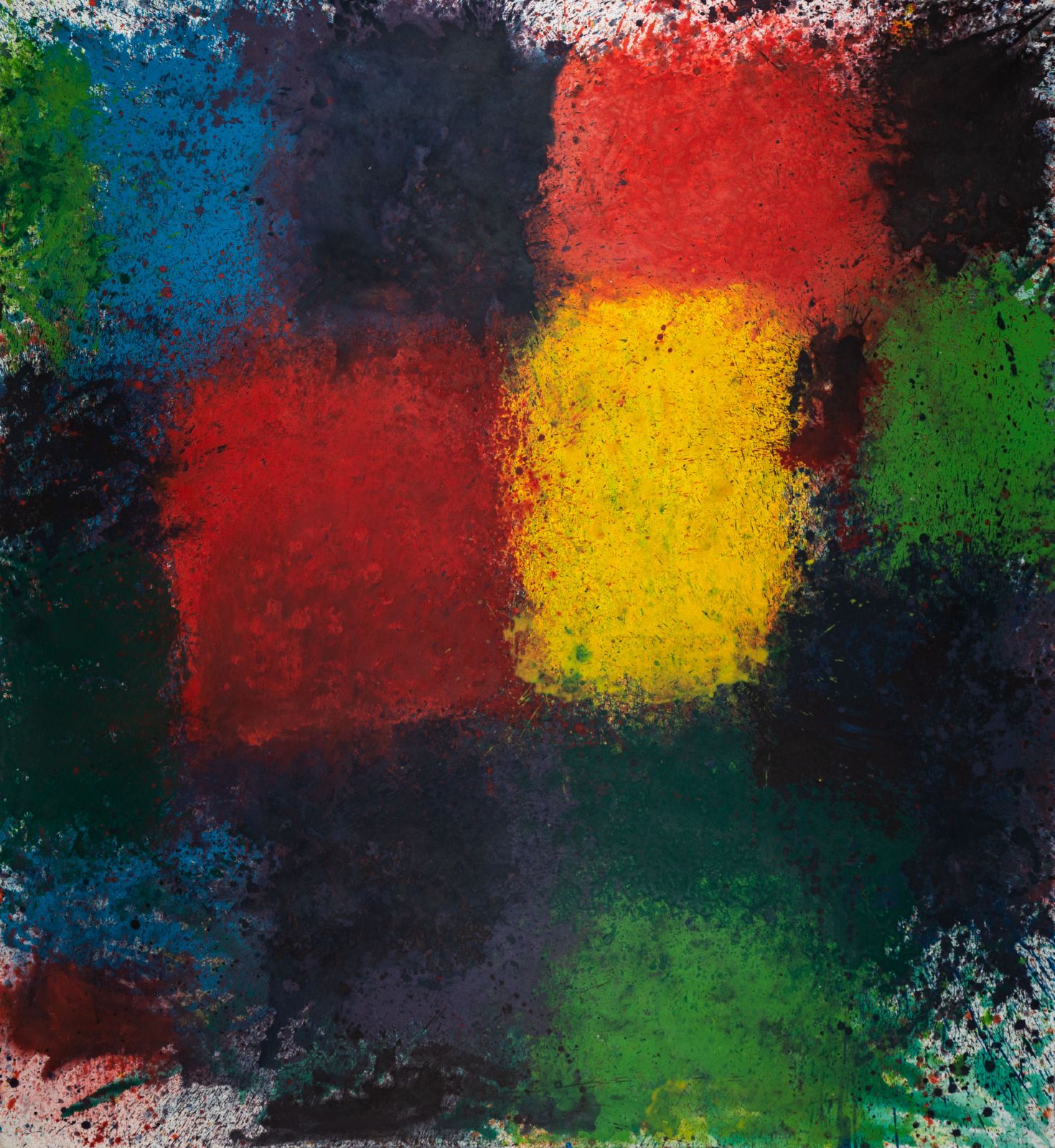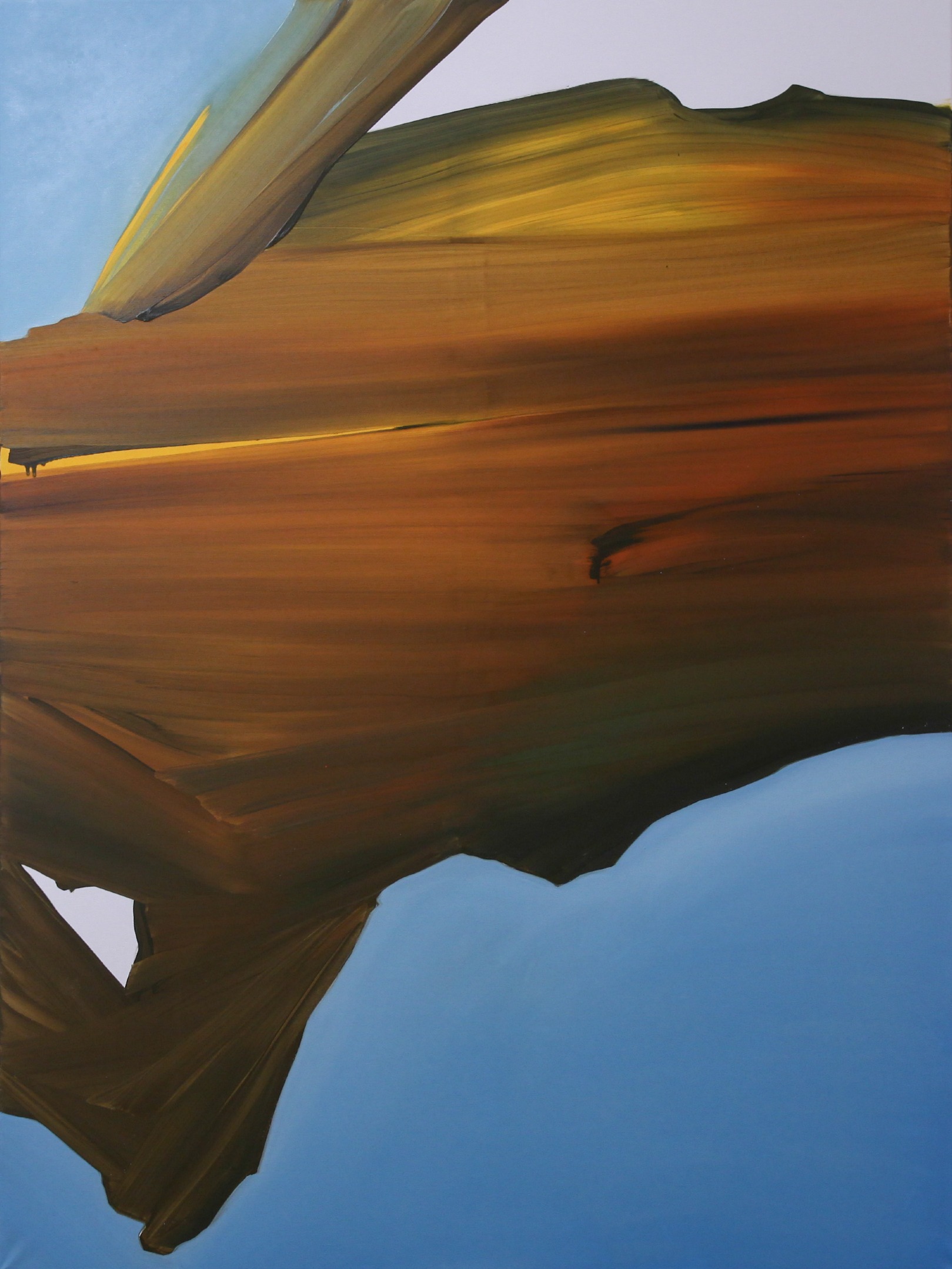
Enikő MÁRTON
Friday September 29th, 2023The artist Enikő Márton, born in Hungary, seems to want to overcome spectra defined by colour theory. Each standardization opposes a fantastic world of diffraction and refraction. However, it is not explosions of colour that arise from her paintings | objects, but precisely calculated and spatially structured projections of one‘s own inner intuition and hope. Torn between harmony and dissonance, they resist separation from the experience of the very direct. […]
The artist Enikő Márton, born in Hungary, seems to want to overcome spectra defined by colour theory. Each standardization opposes a fantastic world of diffraction and refraction. However, it is not explosions of colour that arise from her paintings | objects, but precisely calculated and spatially structured projections of one‘s own inner intuition and hope. Torn between harmony and dissonance, they resist separation from the experience of the very direct.
Enikő is concerned with the representation of emotions that directly emerge as open and changeable in the process of painting. She recognizes conflicting moments that only become conscious because they reveal themselves through her own process.
This extends to the feeling that the works show an interest in revealing themselves to her in the process of being created. Such images, in which we can recognize our own conflicts and, from there, even solve them, result in the creation of a space where you meet and find each other.
This becomes more understandable in the warm-hearted manner of the artist who directly addresses the fact that today more than ever one needs and seeks home. And she always seems to create a special atmosphere of security in her surroundings, with herself as a wind rose that folds colours into scents.
Ralf Bartholomäus, Berlin, 2019
POST OWN PAGE >